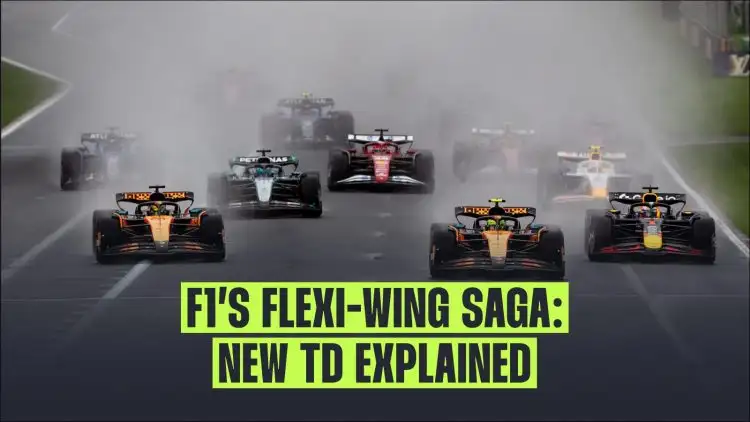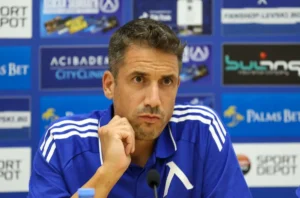
The Fédération Internationale de l’Automobile (FIA), Formula 1’s governing body, has announced the implementation of stricter load tests on car wings to eliminate debates over ‘flexi-wings’ in the 2025 season. This move aims to ensure a level playing field and uphold the integrity of the sport.
The new measures will be introduced in phases. Enhanced rear wing tests will commence at the season opener in Australia on March 16, 2025. Subsequently, additional front wing tests will be enforced starting from the Spanish Grand Prix on June 1, 2025. This staggered approach provides teams with adequate time to adapt their designs without the need to discard existing components, thereby managing costs effectively.
This decision marks a shift from the FIA’s earlier stance, where no changes to front wing tests were planned. The issue of aero-elasticity, commonly referred to as ‘flexi-wings’, has been a contentious topic in Formula 1. Teams have been known to design wings that pass static tests but flex at high speeds, offering aerodynamic advantages. Such designs have led to controversies, prompting the FIA to reassess and tighten regulations.
In the previous season, McLaren faced scrutiny over their rear wing design during the Singapore Grand Prix. Although their wing complied with existing regulations and passed all FIA deflection tests, the team agreed to minor adjustments following discussions with the FIA. This incident highlighted the challenges in regulating wing flexibility and underscored the need for more stringent tests.
The FIA acknowledges that while complete rigidity in components is unattainable, setting realistic limits on flexibility is crucial. The updated technical directive emphasizes that all aerodynamic components must be rigidly secured and immobile, producing a uniform and continuous surface under all circumstances. Teams are now required to submit design details for compliance checks, ensuring adherence to the new standards.
By enforcing these measures, the FIA aims to maintain fairness and promote exciting racing, ensuring that no team gains an undue advantage through flexible aerodynamic components. This proactive approach seeks to preserve the competitive integrity of Formula 1 as the 2025 season
unfolds.







